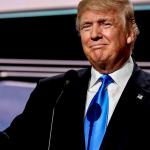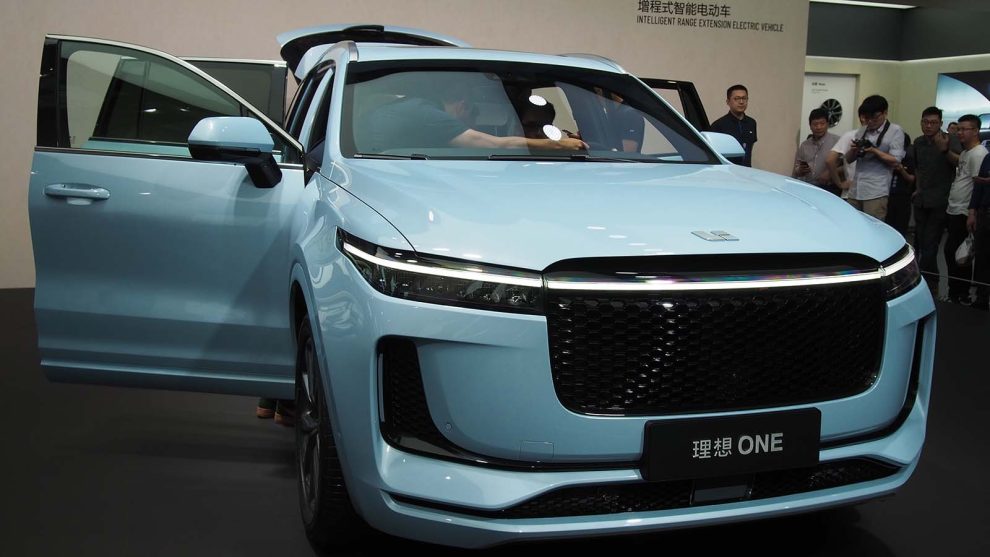Li Auto (NASDAQ:LI) stock had its price target raised by $5 per share by an HSBC analyst with a “buy” rating.
The shares were up 2.5% on June 27 and rose another 1.5% overnight. LI stock opened this morning, June 28, at $35.04 per share, with a market capitalization of $34 billion. LI stock is currently up about 1% in early trading.
In 2023 Li has broken from the pack of Chinese electric vehicle (EV) stocks traded in New York. Shares are now up 68% on the year. By contrast, Rival XPeng (NASDAQ:XPEV) is up 11.7%, Nio (NYSE:NIO) is up 2.5%, and Polestar (NASDAQ:PSNY), the Swedish maker controlled by China’s Geely (OTCMKTS:GELYF), is down over 30%.
Family Hybrids
Li has broken from the pack with family-sized hybrids. These cars have gas engines that help power an electric drivetrain. Unlike Toyota’s (NYSE:TM) U.S. market hybrids which use electricity to support a gas-powered system via regenerative braking, Li’s cars can be easily plugged in and recharged for convenience. I have called Li Auto “the only Chinese EV company you need to buy.”
Li’s second quarter, due to be reported in July, is expected to again be the best among Chinese EV makers. CEO Li Xiang recently said the company sold 130,000 cars in the first half of the year, 27,300 in June alone. Revenue for the quarter is expected to be around $3.5 billion.
The company recently introduced a new flagship, the L9, a 7-seat crossover SUV similar to the Kia Carnival or BMW (OTCMKTS:BMWYY) X7, with separate motors for the front and rear wheels and a half-hour charge time to go from 20% charge to 80% using a 480-volt charger. This only gets it a range of 133 miles. But a gas-powered motor powering the battery extends that to over 800 miles.
If Li can maintain profitability as it grows this year, the stock would be selling at just three times its revenue. Tesla (NASDAQ:TSLA) sells for nearly 10 times its annual revenue.
LI Stock: What Happens Next?
The big risk with Li Auto remains that it’s a Chinese company. The Chinese currency has been going down against the dollar. China’s economy is struggling to grow after the Covid-19 pandemic. Relations with the U.S. continue to deteriorate. Li has not yet announced export plans.
As of this writing, Dana Blankenhorn did not hold (either directly or indirectly) any positions in the securities mentioned in this article. The opinions expressed in this article are those of the writer, subject to the InvestorPlace.com Publishing Guidelines.






